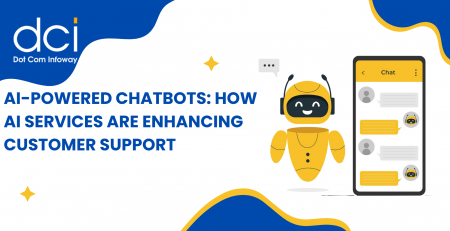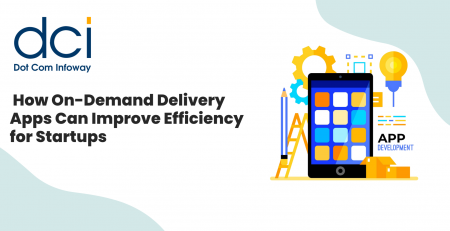Best Mobile App Onboarding Practices to Increase User Retention
Being able to get substantial downloads for your app may be a gratifying notion for plenty of app developers and owners, but if set against more relevant factors such user engagement and retention, the latter is sure to stand out more since they are, simply put, what determines the success of your app in the long run.
User onboarding may seem like a natural process in most apps (especially for those apps that have excellent features), but it’s still highly important for you to realize that it actually involves employing strategies to make sure that the user would be able to easily start using your app from the outset. This is one initial step that would serve to become a sure way to improve user retention and even user lifetime value. With that said, here are but a couple of the practices you should consider adding to your strategies.
Optimize Log-In and Sign-Up Screens
Since this practice is pretty much the gateway that the user enters to start using your app, it’s important for it to be as accommodating and welcoming as much as possible. For one, it’s become apparent that most users prefer to sign-up to an app using their social media accounts (Facebook and Google Plus are two of the most frequently used platforms). If your app requires more information from your users, then make it a point to get only those that are essential for your app’s purpose. A lot of people tend to get turned off by apps that ask too much mandatory info form them.
Focus More on Your App’s Value Instead of Its Features Alone
While it’s important for most app developers to highlight the things the app can do, it’s actually better to underscore the app’s capability to solve a user’s problem. After all, as most good mobile app development services would agree, this serves as a good gauge of its overall value. You can do this, for instance, by including short phrases or snippets about what your app is able to do, preferably in simple laymen’s terms.
Place Importance on Interactivity
Sometimes, an app’s success could actually determined by how proactive it is in guiding users on how to use its various features. Any app that doesn’t take the time to explain how to use its main feature is bound to get negative feedback for that reason alone. And there are a lot of app developers that actually make this mistake. A more interactive, responsive app with thorough guidelines is bound to be loved better than others that aren’t.
Keep the Text at a Minimum
Many users don’t want to have to read blocks of text just to know how your app functions. Instead, make it a point to use images that are able to explain well how each feature should be used Keep your sentences short; one would do for every image that you choose to include. Keep the images as descriptive as possible.
Capitalize on the Power of Videos and Animations
They are, after all, far more engaging and even entertaining than other media you can add to your app. For instance, it could be better to provide a tutorial for your game app using a video, which displays how users can go through a specific stage while expounding on every action they can perform. Animations, on the other hand, are effective ways to divert the attention of users to more vital facts and elements of your app that they need to know from the outset. They are also one good way to promote feedback for your app.
Keys to Success
Besides your personal dedication and willingness to invest in doing the practices said above, what’s apparent from the topic that we’ve discussed is that user retention is all about knowing and prioritizing what your users want and expect to get from your app. It’s also all about making sure that your users would actually discover that your app won’t become stale and boring with the passage of time and shows a lot of promise.















